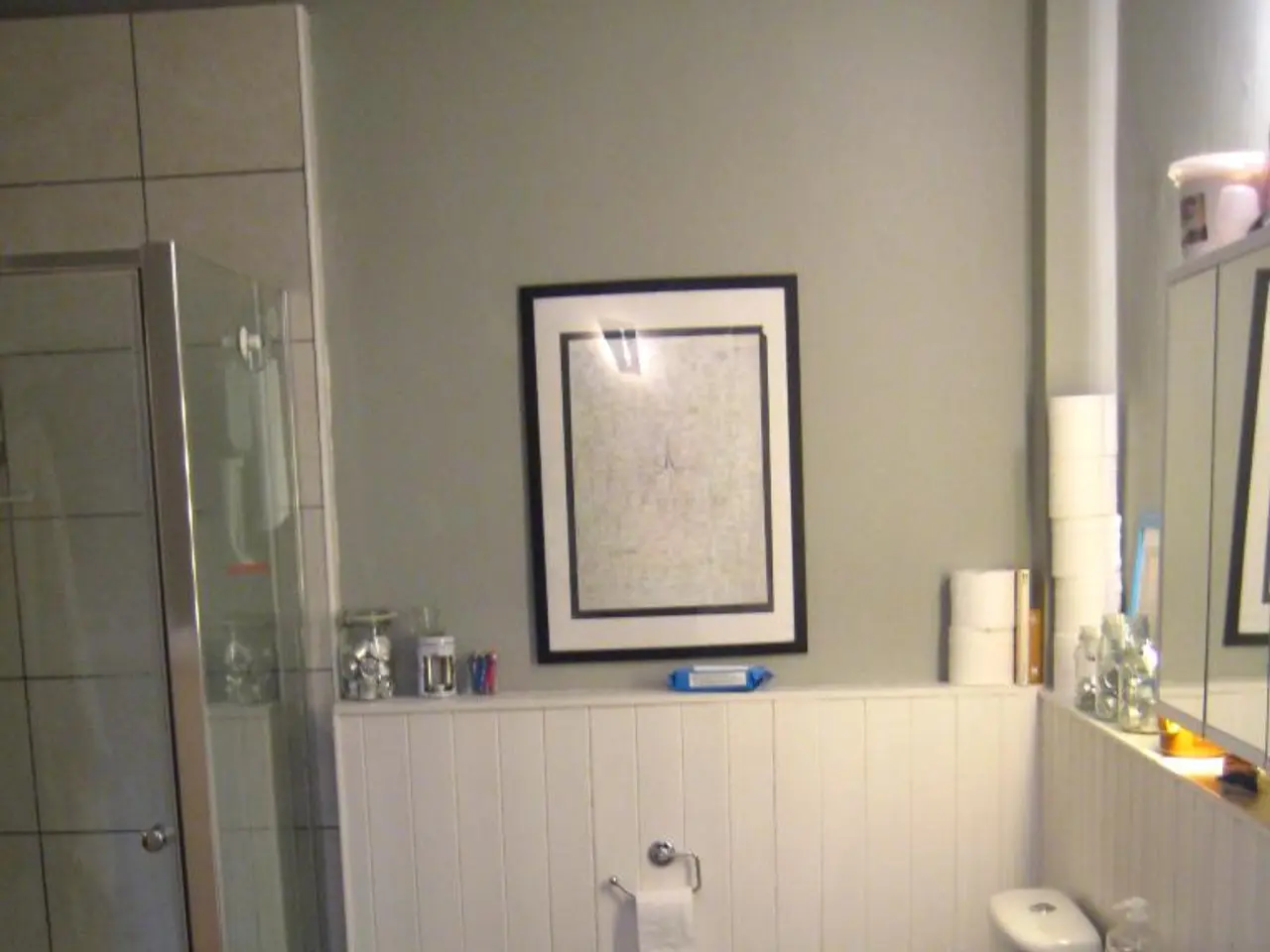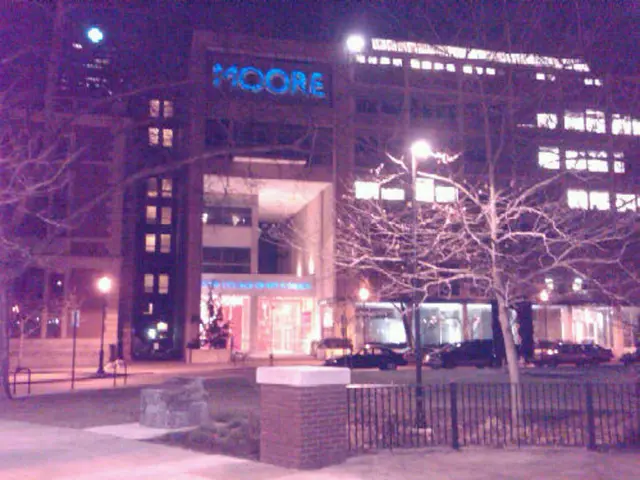Designers offering insights on the superiority of wet rooms versus walk-in showers for residential spaces
Between a wet room and a walk-in shower, each option has its unique advantages and disadvantages for a bathroom renovation, depending on lifestyle, budget, maintenance, and installation requirements.
Wet Room
A wet room offers a modern aesthetic and spaciousness by removing barriers like shower trays or doors, creating a sleek, open-plan bathroom that can make small spaces feel larger. It provides excellent barrier-free entry, beneficial for mobility needs or wheelchair users. With fewer structural elements to clean, wet rooms are easier to maintain compared to traditional showers. However, the entire room is waterproofed, which can increase initial expense and complexity.
The open layout of a wet room means water can splash beyond the shower area, leading to slippery floors unless carefully designed. Proper ventilation is critical to prevent mold and humidity issues. Over time, the waterproof membrane or seals may need monitoring or repairs to prevent leaks.
Walk-In Shower
A walk-in shower is usually safer and more accessible, with a low threshold reducing trip hazards and easing access for elderly or mobility-impaired users. It can be fitted with seats, grab bars, and glass panels or doors to balance openness and splash control. Walk-in showers are generally less complex to install since waterproofing is localized to the shower area, and drainage systems are simpler.
However, open walk-in showers (especially doorless ones) can cause water to spill out into the bathroom if not well-designed. In colder climates, the shower area might feel cooler due to airflow. Walk-in showers generally cost more than traditional showers but less than wet rooms.
Comparison:
| Factor | Wet Room | Walk-In Shower | |---------------|----------------------------------------|--------------------------------------| | Lifestyle | Best for full accessibility, modern look, mobility needs | Good for moderate accessibility, safety, and some privacy options | | Budget | Higher upfront cost due to full waterproofing and drainage | Moderate cost, easier installation than wet rooms | | Maintenance| Waterproofing requires upkeep; whole bathroom exposed to moisture | Easier upkeep, localized waterproofing, fewer splash problems | | Installation| Complex, needs expert waterproofing and drainage work | Generally simpler, customizable with panels or doors to reduce splashing |
Choosing between them depends on your priorities. Wet rooms excel in accessibility and aesthetics but come with higher cost and moisture management needs. Walk-in showers balance safety and ease with some water splash trade-offs but tend to be more budget-friendly and flexible in design.
Proper installation of a wet room involves altering the floor of the bathroom to ensure water can drain away, often requiring the creation of a gradient in the flooring. A walk-in shower has a more defined area, usually with one or two glass screens and a shower tray. Wet rooms have fewer joins and no shower screens with runners or hinges, making them generally easier to clean.
Ultimately, both wet rooms and walk-in showers are excellent options for modernizing a bathroom, each offering unique benefits to suit different needs and preferences.
- Home-and-garden magazines and online guides can provide a wealth of ideas for designing a wet room or walk-in shower, catering to various lifestyles.
- In terms of planning and costs, a wet room might have higher initial expenses due to extensive waterproofing, while a walk-in shower offers more economical installation due to localized waterproofing.
- When considering a bathroom renovation project, one must factor in the impact of different design choices on the home's overall lifestyle and functionality.
- Wet room flooring must be carefully chosen to ensure proper drainage and prevent slippery surfaces, especially in areas frequently exposed to water.
- For bathrooms with limited spaces, a wet room can provide an illusion of spaciousness by removing barriers and offering an open-plan layout.
- Whether opting for a wet room or walk-in shower, proper maintenance of waterproofing and ventilation systems is crucial to prevent mold growth and humidity issues.
- Cold climates may require specialized ventilation and heating solutions for walk-in showers to counteract any cooling effects from airflow.
- In addition to updates like doors, windows, and flooring, renovating a bathroom can significantly enhance the overall appeal and value of a home.








